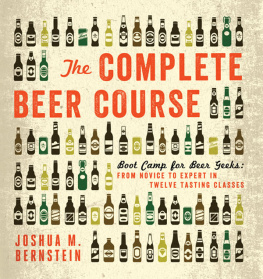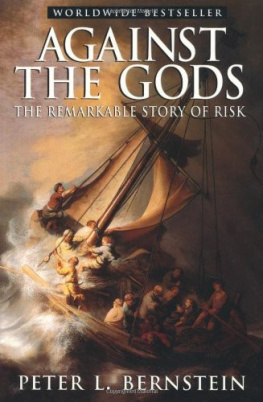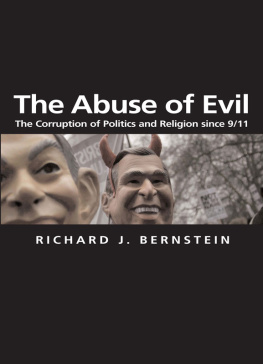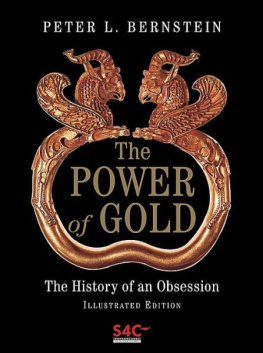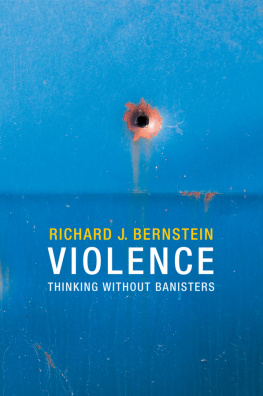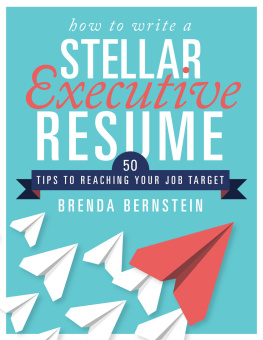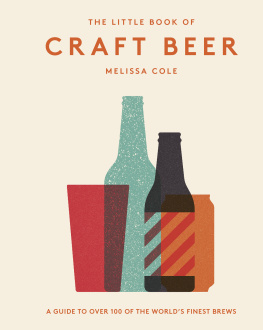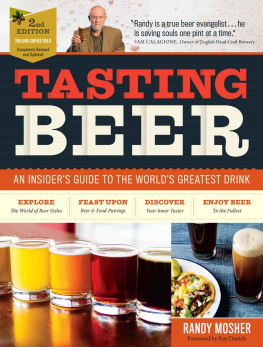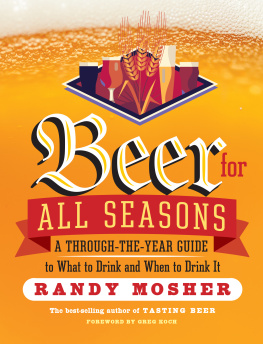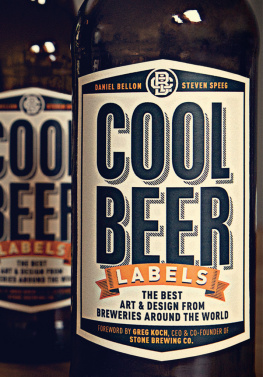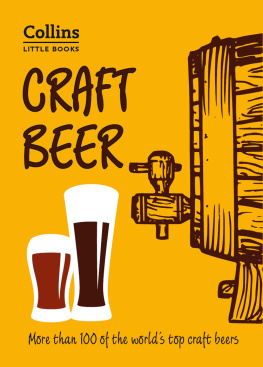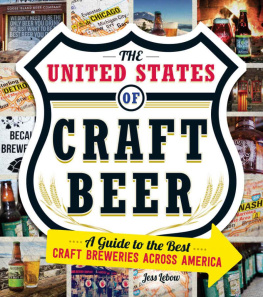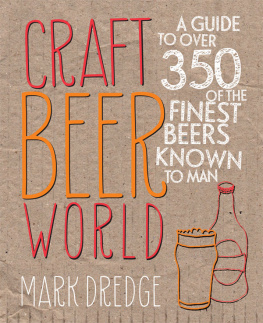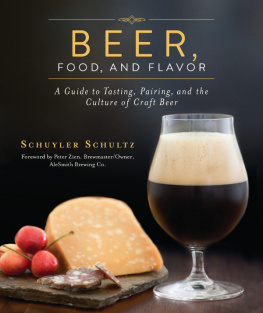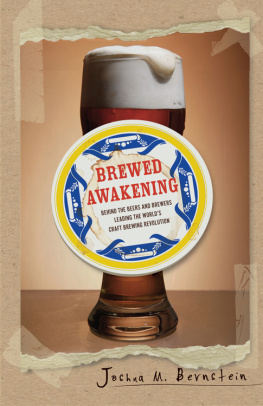
THE
COMPLETE
BEER COURSE
BOOT CAMP FOR BEER GEEKS:
FROM NOVICE TO EXPERT IN TWELVE TASTING CLASSES
JOSHUA M. BERNSTEIN


STERLING EPICURE is a trademark of Sterling Publishing Co., Inc. The distinctive Sterling logo is a registered trademark of Sterling Publishing Co., Inc.
2013 by Joshua M. Bernstein
All rights reserved. No part of this publication may be reproduced, stored in a retrieval system, or transmitted in any form or by any means (including electronic, mechanical, photocopying, recording, or otherwise) without prior written permission from the publisher.
Some of the selections were previously published in different form as follows: Parts of Bring It on Home were published as Where Theres Beer, Theres a Whey in Imbibe. Sections of Around the World in 80 Pints were adapted from As American as IPA in Imbibe and On Garde in Culture. Parts of Take It From the Bottom were adapted from In from the Cold in Imbibe.
ISBN 978-1-4549-0687-2
Illustration by Christian Barr
Design and Layout by Rachel Maloney
A complete list of picture credits appears later in this text.
For information about custom editions, special sales, and premium and corporate purchases, please contact Sterling Special Sales at 800-805-5489 or specialsales@sterlingpublishing.com.
2 4 6 8 10 9 7 5 3 1
www.sterlingpublishing.com
For all the drinkers demanding,
and brewers creating, better beer.
CONTENTS

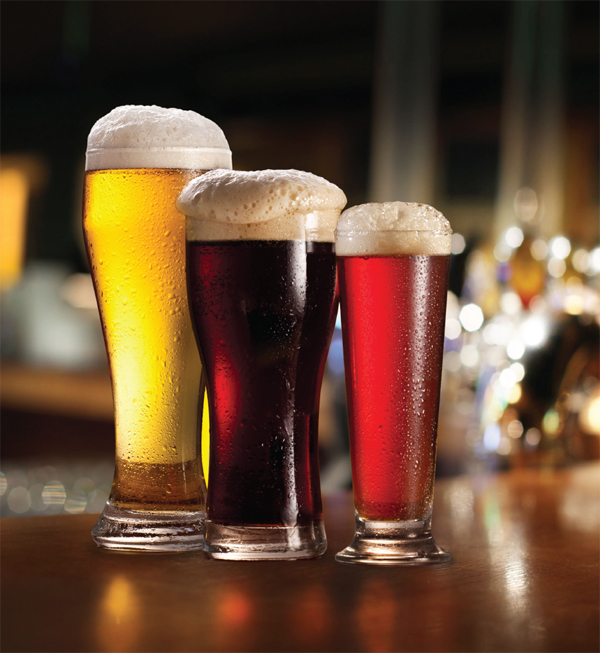

M ONTHS BEFORE MY FIRST BOOK, Brewed Awakening, hit stores, my publishers propositioned me: Would you like to do a second book? they asked. My eyes blazed like Times Square on New Years Eve, and I soon affixed my John Hancock to the contract.
How simple the plan seemed. Id promote the first book while spending my free time penning the follow-up! Then Brewed Awakening was released. Life became a beer-fueled Tilt-a-Whirl. I was soon crisscrossing the United States, visiting its finest beer bars and breweries, spending nights knocking down brews and chatting up the countrys most passionate brewers and fans of carbonated culture. This seems like heaven. For writing, it was hell. Months disappeared as easily as a pint of IPA, and my sum total of words written was zero.
If anything helps a writer shrug off procrastination, its an ironclad deadline. The terrific team at Sterling Publishing, in particular Carlo Devito and Diane Abrams, installed a finish line. Words flowed as fast as a mudslide, massaged into tip-top shape by my patient, tireless editor, Pam Hoenig. Brita Vallens proved to be a picture-perfect photo researcher, Scott Amerman pored over the layout to ensure proper punctuation, and Rachel Maloney tied the whole package together with another winning design. I owe all of you a beer.
Ill keep the tab running for all the brewers, bar owners, friends, homebrewers, fellow scribes, beer drinkers, photographers, and historians who have helped me on this hop-fueled literary ride. Your insights, talents, and time spent sharing just one more beer were crucial to creating this book.
And finally, thanks to my wife, Jenene, for her unshakable support and love, even as I spent multiple months unshaven, drinking beer at 2 p.m., and spouting unmentionables at my computer screen. You and Sammy make every day memorable.
TOP FIVE BEERS CONSUMED WHILE WRITING THE COMPLETE BEER COURSE
I largely penned this book during the hottest summer on record, in a century-old Brooklyn apartment without air-conditioning. These beers kept me cool and sane:
1. Victory Prima Pils: prickly pilsner perfection
2. Lagunitas Little Sumpin Sumpin Ale: smooth, hoppy wheat bomb
3. Tregs Perpetual IPA: West Coaststyle bitter beauty from Pennsylvania
4. Sierra Nevada Kellerweis: pure unfiltered hefeweizen refreshment
5. Allagash White: aromatic, thirst-quenching witbier


D URING MY WASTED YOUTH, I was the classic quantity-over-quality imbiber, pooling together my nickels, dimes, pennies, and quarters to purchase beers whose chief selling point was that they were cheap and cold. Or at least lukewarm. I was far from picky.
Come drinking time, an arbitrary hour that began at 1 p.m., 7 p.m., or even 11 a.m., I would crack endless cans of Busch Light, Natural Light, and Schlitz. I do not recall relishing drinking these low-cost lagers or the occasional 40-ouncer of malt liquor. To me, beer was beer. It was a flavor-deprived means to, more often than not, a hangover-filled end.
As college relented to reluctant adulthood, I gradually saw the light. More specifically, I saw that there was more to beer than Coors Light. Instead of buying 99-cent cans of fizzy, lightly boozy water, I forked over a few extra quarters and sampled inky stouts, bitter India pale ales, and barley wines as warming as an armchair next to a roaring fireplace in February. Each new beer was a revelation, leading to a realization: if the beer family resided in a sprawling mansion, Id been confining myself to one cramped basement corner.
It was time to unlock those doors and start exploring beers nooks and crannies. I grew obsessed, spending my eves bending elbows at better-beer saloons. My days were devoted to perusing bottle shops with the same fervor I once did record stores, as well as interviewing passionate brewers, forward-thinking bar owners, and restaurateurs who believe that great grub deserves equally great beers. Through my exhaustive hands-onand stomach-firstinvestigations, I was consumed by one crucial question: What makes each beer delicious and different?
UNIQUELY FLAVORFUL
More than ever, thats a tough query to answer concisely. Over the last decade, American brewing has changed more drastically than at any time since Prohibition. In 1980, there were fewer than 50 breweries in the United States, with most making the same crisp everyman beer advertised during the Super Bowl. Today there are more than 2,500 American-based breweries, with hundreds, if not thousands, more in the pipeline. From locally rooted brewpubs to regional powerhouses such as Oregons Ninkasi, Michigans Bells, and New Hampshires Smuttynose and new-breed national brands such as Rogue and Stone, American craft brewing is in full bloom.
With the chain of tradition severed by Prohibition, American brewers have free creative rein to reinvent the very notion of beer, and this has inspired a global brewing revolution bubbling up on almost every continent. (Antarctica still does not have a brewpub.) Across the world, the bitter India pale ale has birthed red, white, and black varieties and the potent, superaromatic double IPA. Alcohol percentages have climbed above 10 percenton a par with wineand those strong brews are now as welcome as Rieslings and Cabernet Sauvignons at the dinner table. Low-alcohol beers now have big flavor. Wild yeasts and bacteria are used to create rustic beers as sour as lemonade (thats a good thing). And brewmasters have begun aging their creations in wooden casks that once contained bourbon, brandy, Chardonnay, or rum.
Next page
